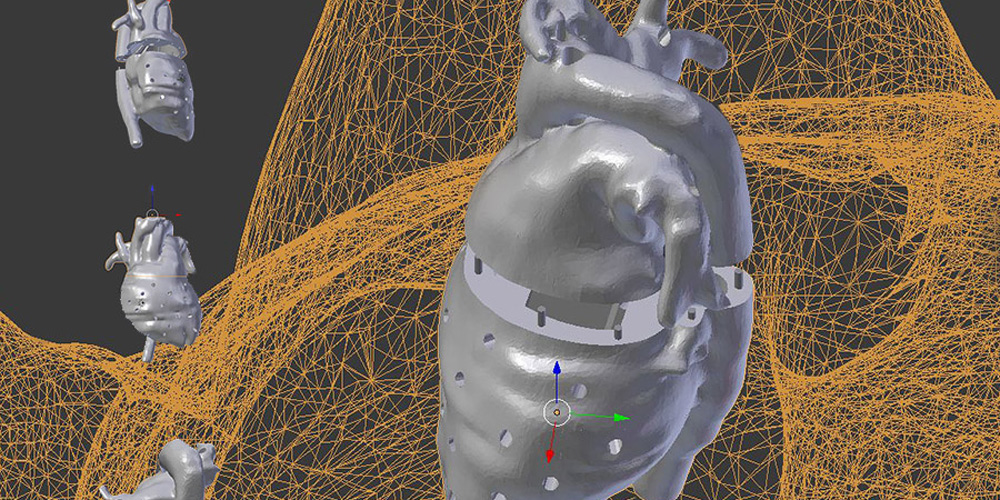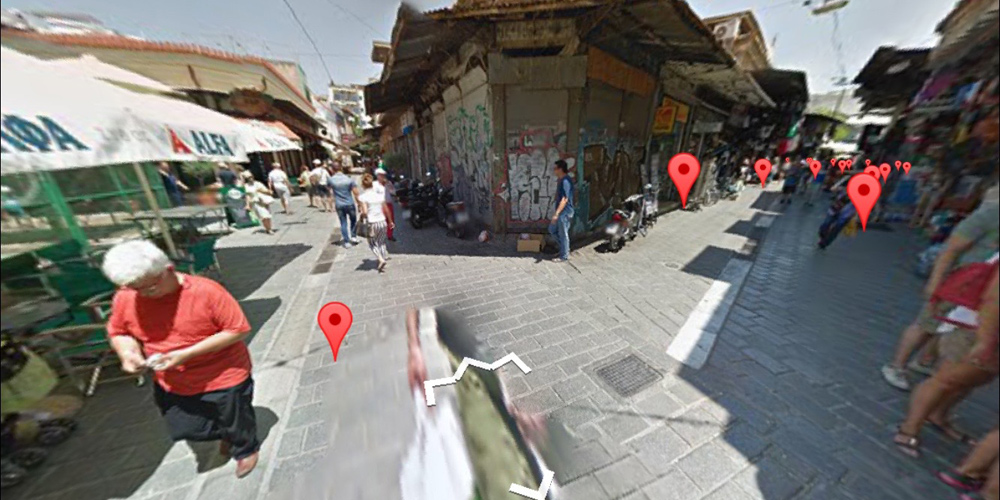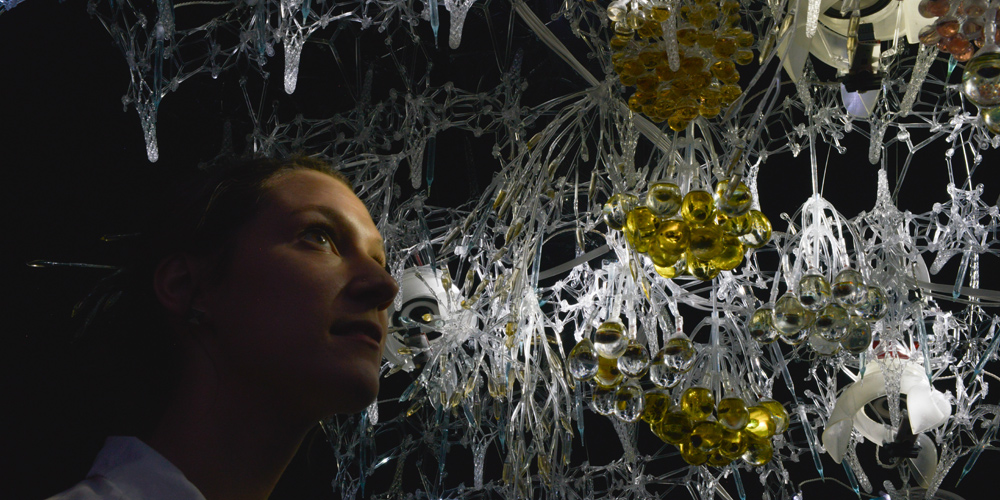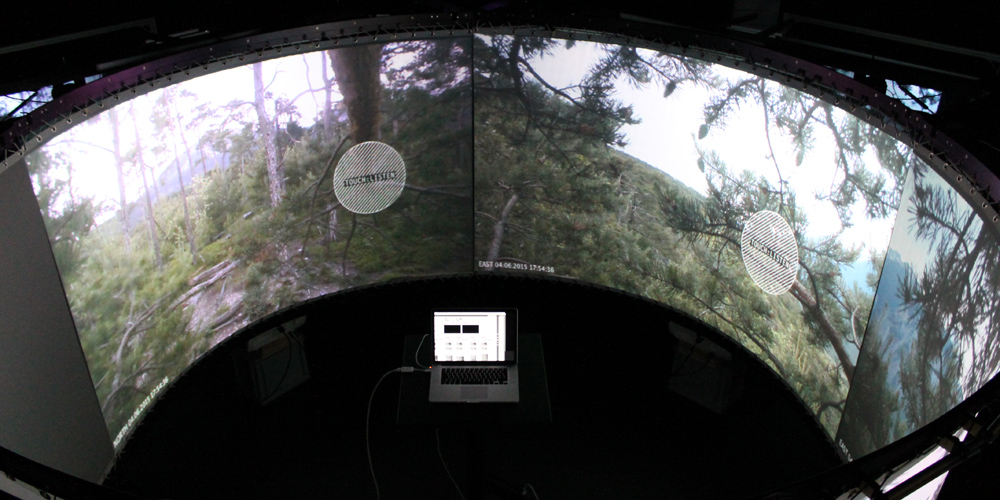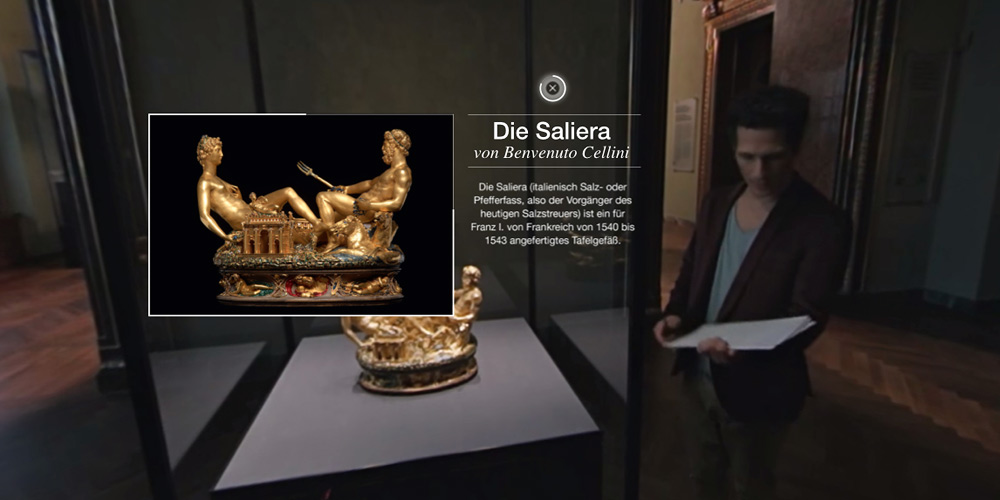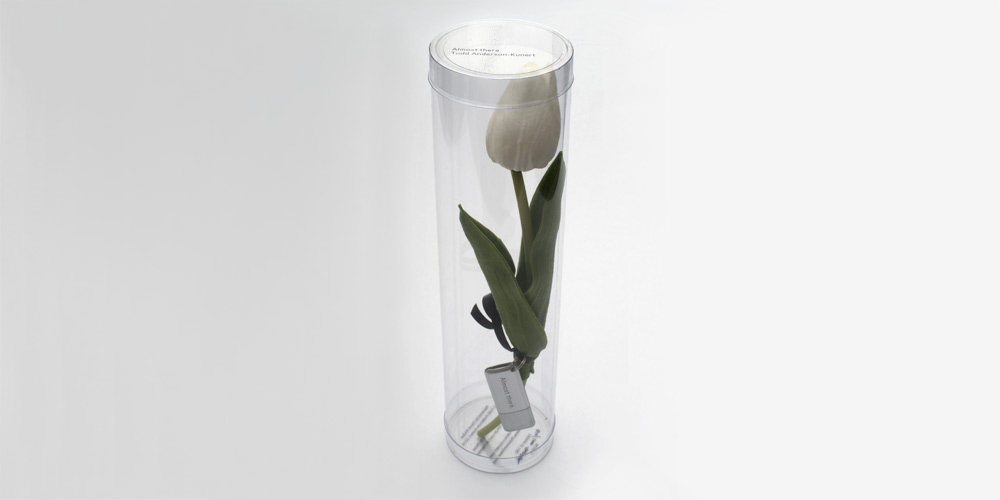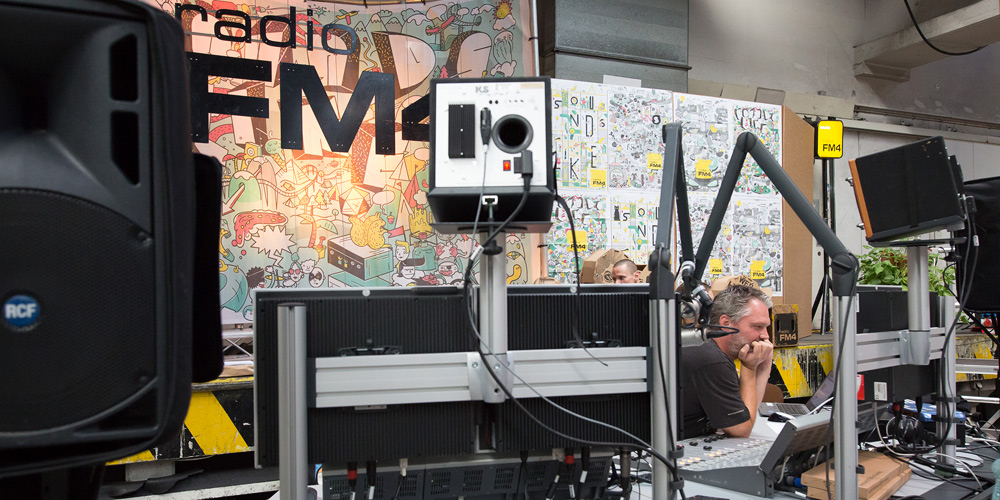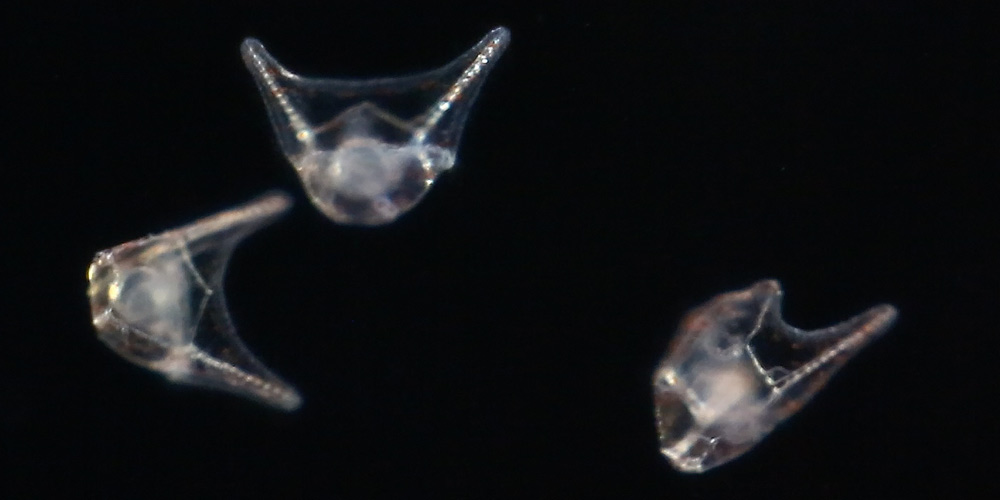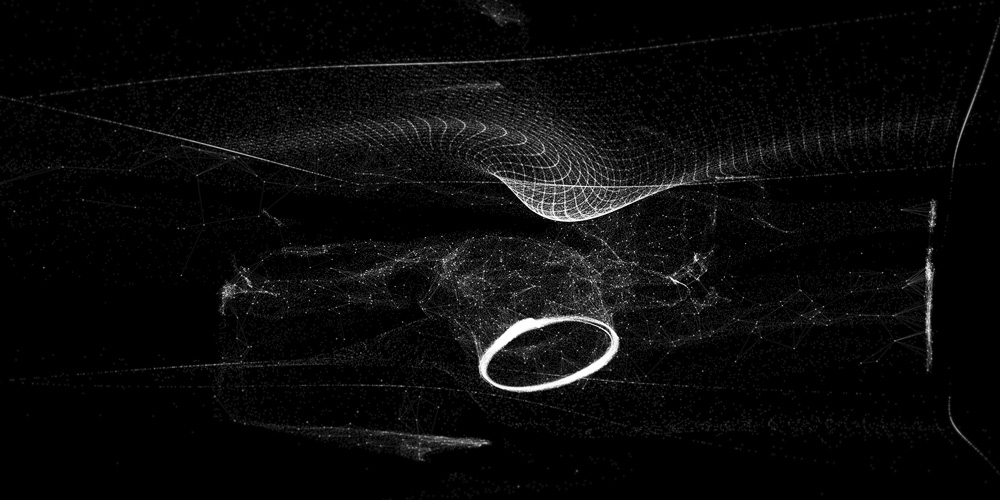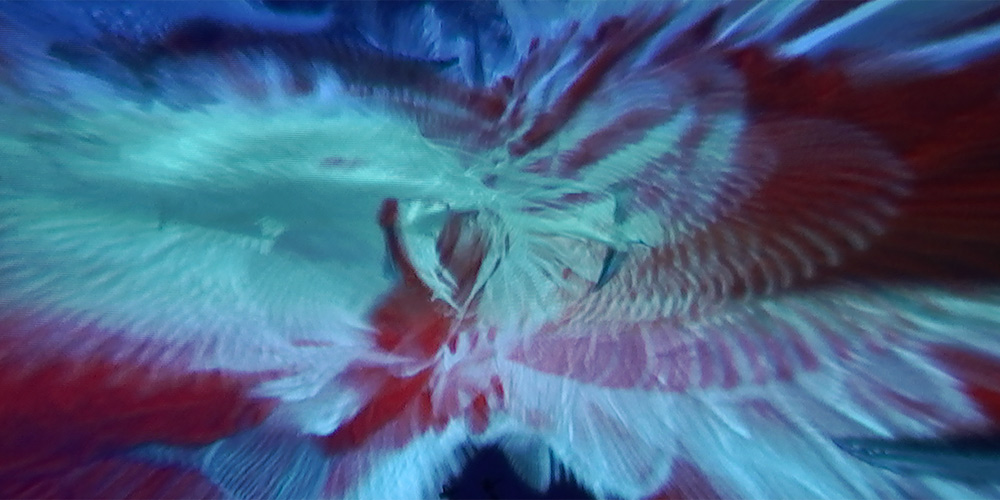
The Twenty Etudes for Piano were composed during the years from 1991 to 2012. Their final configuration into Book 1 and Book 2 was determined by the music itself in the course of its composition. Taken together, they suggest a real trajectory that includes a broad range of music and technical ideas.

